
|
|
|
|
|
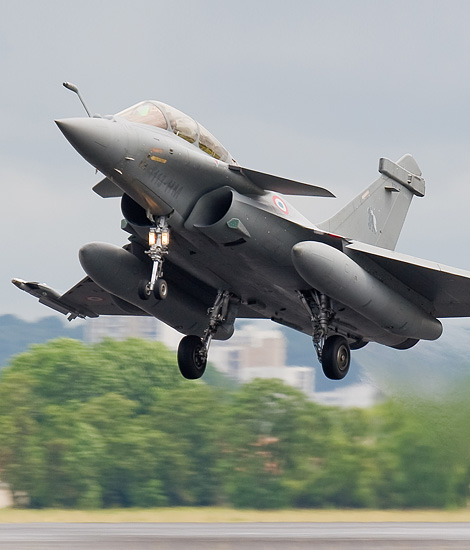
|
Water and Steam on the Runway; St-Dizier Robinson June 15, 2009
The Rafale of the French Air Force; Text and Photograph's by Alex van Noye
On Monday, June 15, I was a guest at the French airbase of St-Dizier. This base is home of the French
Rafale which is built by Dassault. Currently this former Jaguar base contains over 35 Rafales; this
number will double in the future because at this moment only one of the two units is equipped with the
Rafale.
The French Saint-Dizier has a long aviation history. It began in 1910 when the first plane landed in a
field near the city. From 1913 onwards it was officially an air base of the small French air force. The
field has always been used for fighter aircraft in both world wars and played an important role. At this
base some fighter aircraft were stationed in the early period including WWI, like the Bleriot Aeronautique,
Morane-Saulnier, Stampe, De Havilland Tiger Moth and Dewoitine D.520. St-Dizier was occupied in June 1940 by
the German army and this base was used by the Luftwaffe. Several German Jagtgeschwaders were active at
Saint-Dizier during the Second World War; they were equipped with the Messerschmitt Bf-109 and the
Messerschmitt Bf-110. The Bf-110 was mainly used at night for missions against the British bombers while the
Bf-109 was used against the American bombers during day time. After the occupation of this base, it was taken
over by the Americans in September 1944. In October that same year, this base was used by fighter planes and
reconnaissance aircraft from the Americans.
Since the beginning of 1950, the Americans planned to base some light bombers at Saint-Dizier due to the cold
war with the Soviet Union. But during the negotiations with the French the proposal was ultimately rejected.
Saint-Dizier was nothing more than some ruins and aircraft wrecks since the end of the Second World War. All
the hangars were ruined and large amounts of German ammunition was scattered over the field. Only the runway
was repaired by the Americans. They thought it was not necessary for aircraft to operate from this base with
buildings and hangars. In 1955 the decision was made to build new shelter camps, modern buildings, platforms
and a new runway. St-Dizier was from now on a modern front-line NATO base. The French built even more shelters
on this modern base in 1975 because of the introduction
|
|
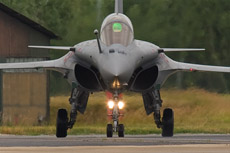
|
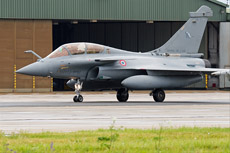
|
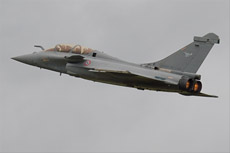
|
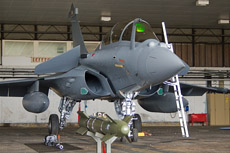
|
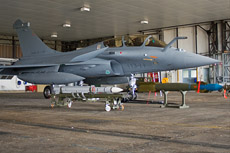
|
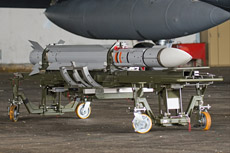
|
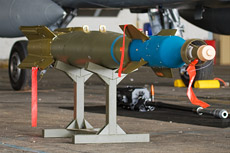
|
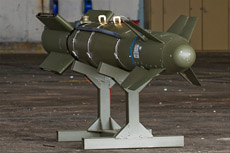
|
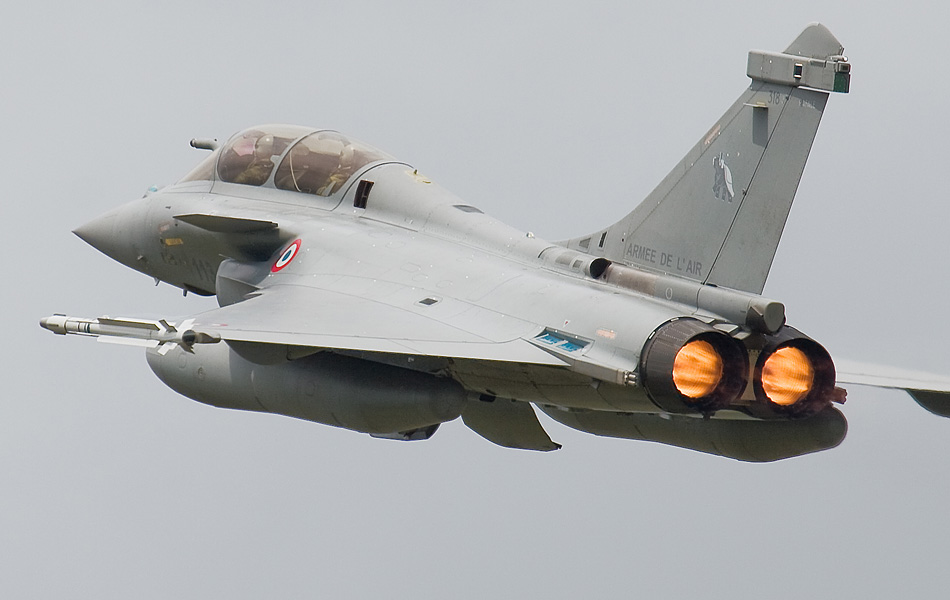
|
of the Mirage IV at this base. The Mirage IV left
Saint-Dizier after a while and the SAPECAT Jaguar was introduced within the French Air Force. This type flew
many years from St-Dizier and was retired in 2004.
The successor of the Jaguar was the Dassault Rafale which entered service for the first time in 2006 within
the French Air Force. The Rafale is built in three variants; the Rafale B (two-seater) which is a double
trainer version, the Rafale C (Chasse) which is a standard multi-role fighter and fighter-bomber for the Air
Force and the Rafale M (Marine) which is a standard multi-role fighter and fighter-bomber intended for the
French Navy. The Rafale M entered service from June 2004 within the French Aeronavale (Naval Aviation) and
operates from the aircraft carrier Charles de Gaulle. This aircraft will replace the older Dassault
Super-Etendard and it has already replaced the Vought F-8 Crusader which was very outdated. There are a total
of 38 aircraft planned for the French Navy in 2010 and many are already delivered. The Rafale B entered
service within the air force from 2006 and there were 36 aircraft planned which all entered service already.
There are 82 Rafale C's planned and this delivery is ongoing at this moment.
Our visit to St-Dizier was held in the afternoon. When I woke up in the morning, I saw weather conditions
which were very poor; it was raining all the time. The only thing we could do was sitting inside the hotel
before we went to St-Dizier in the afternoon. After a short briefing we left to the main runway of St-Dizier
when we arrived at this base. We were positioned at the middle of the main runway from where we were allowed
to take some photographs of the departing Rafales. The afterburner shots were very spectacular because of the
dark weather. The runway was very wet because of the rain. Nothing more than water and steam was left behind
the departing aircraft.
It was time to visit the hangars in the shelter camp after a series of spectacular departures of this modern
combat fighter. One of the Rafales inside the hangar was specially prepared for us. Its complete arsenal of
modern weapons was displayed in front of the aircraft. One of the fighter pilots gave us an explanation of
each weapon system and we were able to photograph all the individual systems. It was not a problem to make
some pictures of the other Rafales as well which were in the hangar. There were three Rafales inside this
hangar. After the information session in this hangar, we went back to the main runway. The Rafales which were
still airborne would return to St-Dizier within 30 minutes.
It started to rain very heavily when we arrived at the main runway. This just happened when the Rafales came
back to Saint-Dizier. Most people decided to stay in the bus, hoping the weather conditions would improve.
I made some nice photographs of these Rafales; so it was an unlucky situation for them. After the landing of
those Rafales, another six Rafales started up their engines in the shelter camp. A lot of noise was heard from
that area. Again they would take-off with much noise, steam and bright orange afterburners. Once again it was
proved that in extremely bad weather some spectacular pictures could be made.
After the arrival of the last Rafales, it was time to move to the main entrance of Saint-Dizier and leave the
base. Our visit to this great base was over and we took some spectacular shots of the Rafale. The weather was
not ideal, but despite this I made an unexpected series of images of a beautiful all weather fighter which was
operating in the element it was designed for. It was a wet but a successful experience to see this great
aircraft in its natural environment.
|
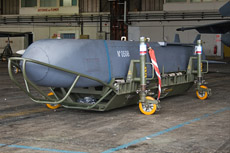
|
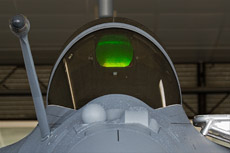
|
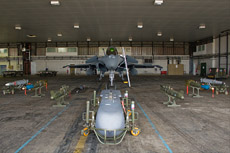
|
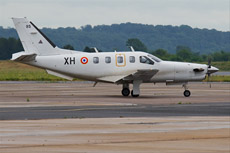
|
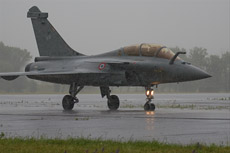
|
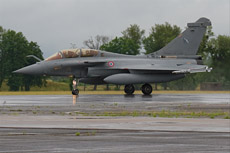
|
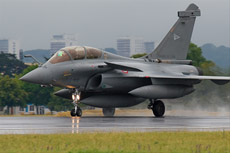
|
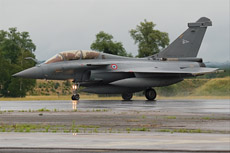
|
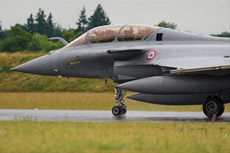
|
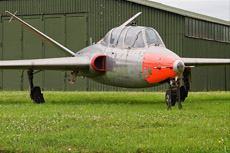
|
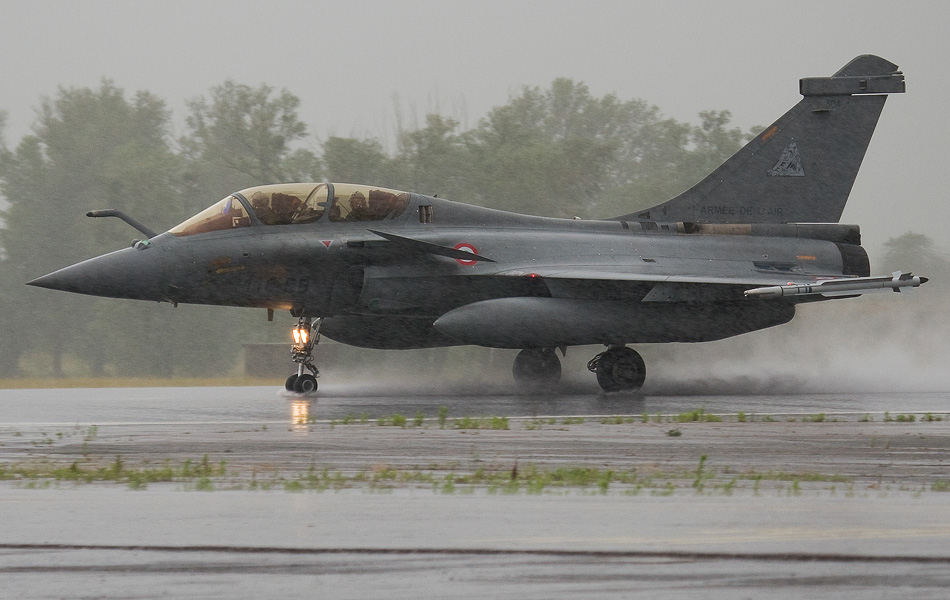
|
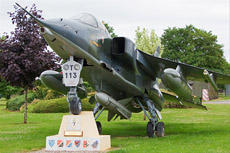
|
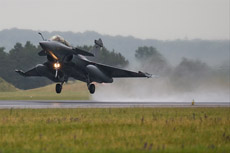
|
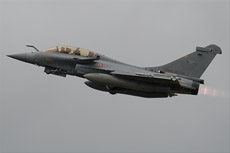
|
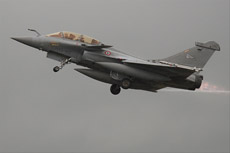
|
|
|

|







